The Wildlife Haven Rehabilitation Centre (WHRC) wants your Christmas greenery.
“We’ve got at least five or six coming,” remarked Reesa Atnikov in an interview with the Manitoban, referring to Christmas trees to be donated to the WHRC in the coming days. “What we need is somebody that has a truck and some time to go around [and] pick up all these trees and drop them off.”
Atnikov emphasized the need for supplies like trees and greenery as well as the willingness of those donating such items to physically transport them to the WHRC themselves.
“We don’t have the resources to do that, unfortunately. We rely a lot on people being able to bring things out to us – including animals they’ve found.”
Atnikov started out as a volunteer and is currently the rehabilitation manager – one of only two salaried positions at the WHRC. The organization began almost 29 years ago with a group of volunteers working out of their respective backyards to rescue and rehabilitate orphaned or injured wildlife. The WHRC has since outgrown its humbler beginnings and is currently headquartered 10 kilometres south of Winnipeg in Île-des-Chênes, with the long-term goal of purchasing land and building more permanent offices and enclosures elsewhere.
With around 1,700 wild animals turned in every year—from snapping turtles to pelicans and racoons—and a modest operating budget, the WHRC is very reliant on their pool of volunteers and donations from the public to help them deal with the many unique demands that come with caring for injured or abandoned wildlife.
The two main functions of the WHRC are animal care and rehabilitation, and providing educational services to the public regarding “how to live with wildlife, how not to live with wildlife, and what to do when [they] find wildlife,” stated Atnikov.
“We have birds of prey that are non-releasable as well as some amphibians that are part of our reptile program,” said Atnikov, adding, “they get delivered to all kinds of public forums; we go out to classrooms, campgrounds [ . . . ] Boo at the Zoo, [and] we’ve set up at the U of M [on several occasions].”
Students currently enrolled at the U of M might recall seeing the WHRC in University Centre in the fall semester where, brandishing a red-tail hawk or owl, WHRC members provided anecdotes about their animals as well as information on how to apply for summer Green Team positions, donate, and volunteer with the organization.
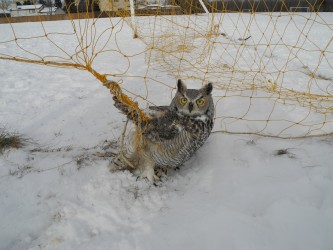
(Great Horned Owl that was caught in a soccer net. This just happened in November – WHRC cut him out and treated his injuries for about 2 weeks and then he was released)
“The last two or three times, we’ve been at the U of M for our Green Team recruitment as well as volunteer recruitment,” remarked Atnikov, “and hopefully we’ll get some provincial Green Team positions [this year] because we don’t get any kind of government funding, so it’s really helpful and handy for us when we’re able to get those positions.”
According to Atnikov, in order to apply for a summer Green Team staff position with the WHRC, applicants must be between the ages 18 and 24.
“We target university age people, especially those who have an interest and background with animals. We get a lot of [pre-veterinary medicine] students that come to work for the summer, and biology students.”
Volunteers can expect to gain valuable, proper wildlife handling experience and may be involved in a range of activities depending on their skill sets, including: web design; delivering educational presentations to a variety of audiences; and handling, feeding, cleaning and caring for animals, to name a few examples.
“We’re also trying to develop a lot more people that can be a part of our rescue and recovery team,” mentioned Atnikov, explaining that volunteers would be “trained how to go and safely capture injured and orphaned animals, how to assess a situation to see whether something does need to be rescued or not, where they can then make the call to pick it up and bring it to [the WHRC] or another location.”
In the case of the call for your previously-loved Christmas trees, the organization intends on using them to help spruce up the enclosures of the releasable and non-releasable wildlife currently under their care. But the needs of the staff and animals of the WHRC far exceed one-off contributions of this kind.
For instance, the WHRC has a wish list on their website of various ubiquitous items that they need on a day-to-day basis, and often posts open calls for things as essential as paper towels to, recently, a paper shredder, via the organization’s Facebook page.
Donate online at wildlifehaven.ca and contact the WHRC via email at info@wildlifehaven.ca or phone 204-878-3740.
Graphic: Justin Ladia
Photos courtesy of the Wildlife Haven Rehabilitation Centre
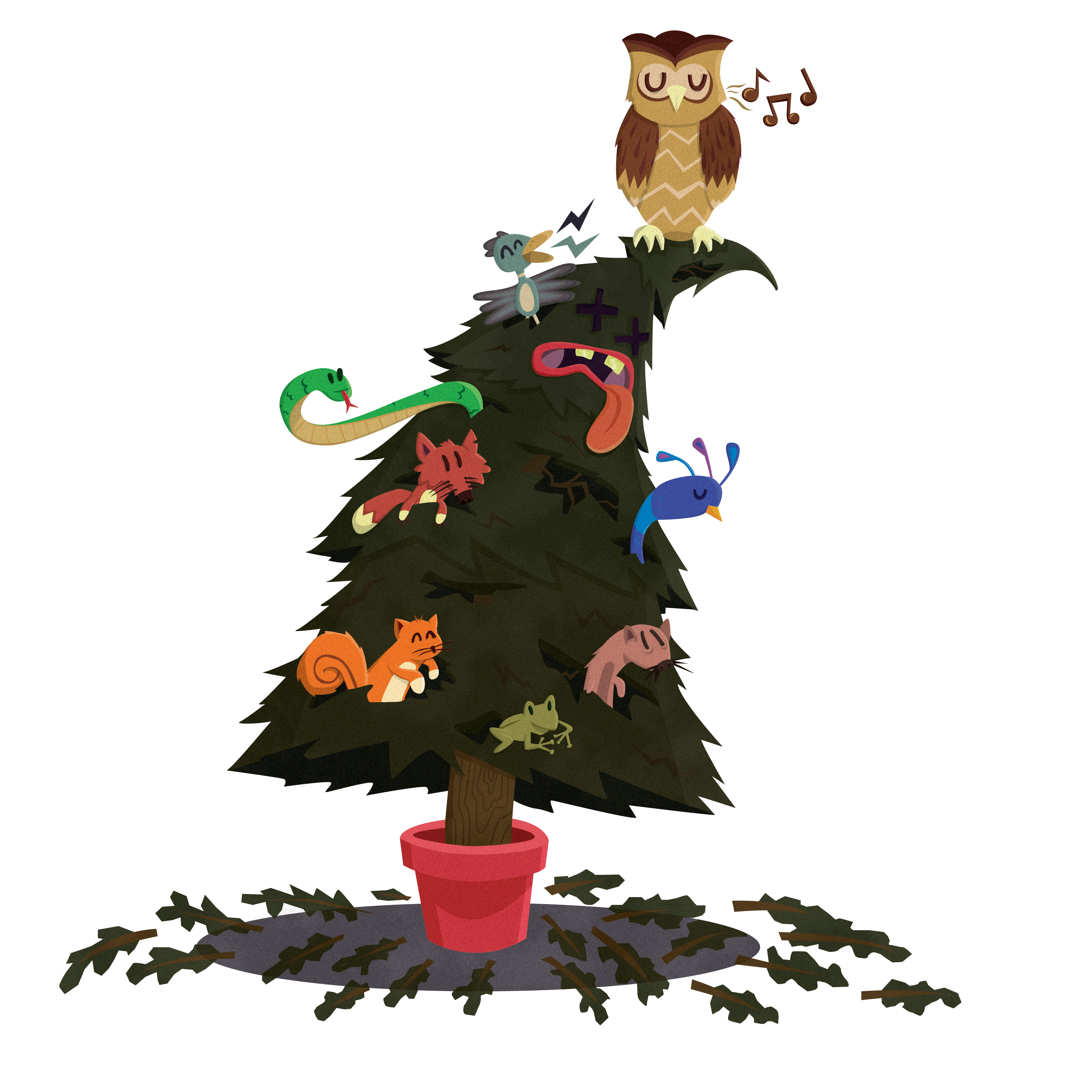
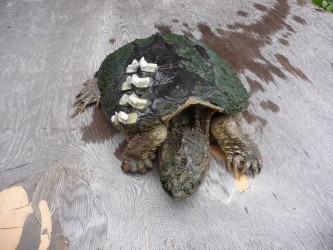
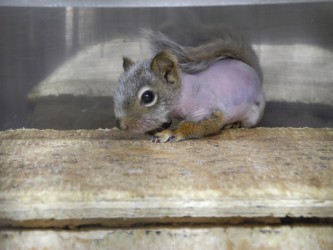
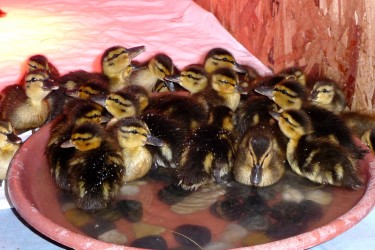



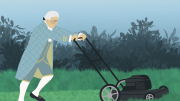

If we would like to drop off a Christmas tree, can you let me know where I should drop it off?
Thanks!
corinne
Corrine,
Simply contact the Wildlife Haven by email at info@wildlifehaven.ca or phone 204-878-3740, and they will provide you with the appropriate directions.
Great article and information! Will keep this in mind next year when taking down Christmas tree.